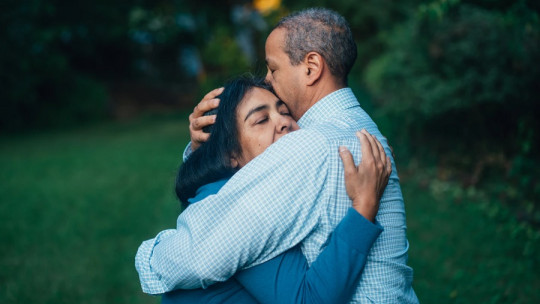
Emotions are psychophysiological reactions that we all experience in our daily lives: joy, sadness, anger… To a large extent, these govern our decisions and lead us to choose paths and discard others. They also influence our behavior and thoughts.
The genesis of emotions has been explained from many points of view: biological, physiological, psychological… Here We will know the Cannon-Bard theory a psychophysiological theory that proposes that emotion prepares the individual to act and adapt to the environment.
Bradford Cannon and Philip Bard
In the early 1900s, Walter Bradford Cannon (1871-1945), a physiologist and scientist at Harvard University, proposed a theory that explained the origin of emotions. Furthermore, he made a series of criticisms of the preceding and dominant theory of the moment, the peripheral theory of James-Lange
On the other hand, Philip Bard (1898 – 1977), an American physiologist, also joined Cannon’s theory, and together they formulated the Cannon-Bard theory.
Cannon-Bard theory: characteristics
The theory of Cannon (1927) and Bard (1938) is based on a psychophysiological approach. According to the authors, Emotion precedes behaviors and prepares the organism to conduct a fight or flight response to emergency environmental situations. For example, “we cry because we feel sad.”
That is, the emotion occurs before the physiological responses. After the emotion and from there, an alarm reaction is triggered in such extreme situations.
On the other hand, Cannon and Bard propose that the subject will always tend to seek balance and adapt to the environment and situations
Cannon and Bard, through their experiments, emphasized the role of the brain in producing physiological responses and feelings. These experiments substantially supported his theory of emotion.
Furthermore, they considered emotion as a cognitive event. They proposed that all physical reactions are the same for different emotions, and therefore, that on the basis of physiological signals (only) we could not distinguish some emotions from others.
Precedents: James-Lange peripheral theory
Before the Cannon-Bard theory, the James-Lange theory prevailed. This is the James-Lange peripheral theory. According to this, the perception of bodily changes generates the emotional experience (that is, following the previous example, it would be “being sad because we cry.”
According to James-Lange, the sequence would be as follows: we observe a stimulus (for example, a sad face), this information is sent to the cortex, then visceral and motor physiological responses appear (we cry). The cortex then perceives the sensations of crying and generates the feeling (in this case, sadness).
Cannon–Bard experiments
Through their experiments, Cannon and Bard determined that The perception of the emotion aroused by the stimuli causes two phenomena: the conscious experience of emotion and general physiological changes. All of this originates because the thalamus sends its impulses to the cerebral cortex and the hypothalamus.
Effects of emotions
On the other hand, the Cannon-Bard theory states that conscious emotional experiences, physiological reactions, and behavior are relatively independent events.
Thus, according to the authors, emotional stimuli have two independent excitatory effects: on the one hand, they provoke the feeling of emotion in the brain, and on the other, the expression of emotion in the autonomic and somatic nervous systems
Cannon and Bard’s criticism of James-Lange
The Cannon-Bard theory makes a number of criticisms of the James-Lange theory. These are the following:
1. Body changes are not essential to perceive emotion
Furthermore, Cannon and Bard maintain that Cutting off the afferent pathways does not produce changes in emotional responses
2. There are no specific patterns of emotions
According to Cannon and Bard, what actually happens is that certain bodily changes are similar for different emotions.
3. Sometimes bodily sensations occur after the emotion
That is, body sensations, being slower, often manifest after experiencing the emotion (which can be immediate).
4. Voluntary activation of the organism
When the organism activated voluntarily no real emotion appears.
5. Diffuse and general activation
The Cannon-Bard theory proposes a diffuse and general autonomic activation (it is therefore a central theory with a substrate in the thalamus); On the other hand, the James-Lange theory, which is peripheral, defends that each emotional state causes specific physiological changes.








